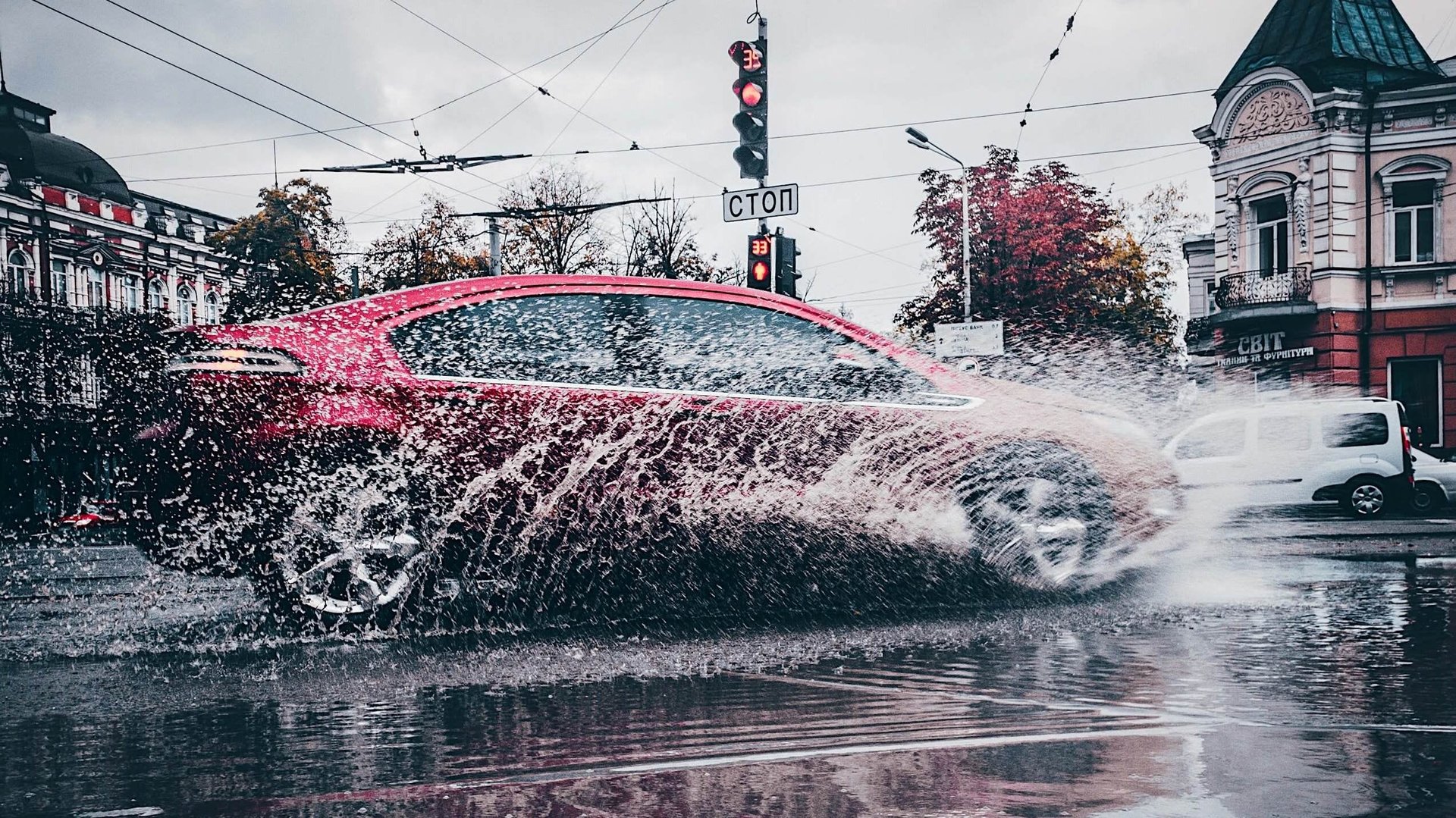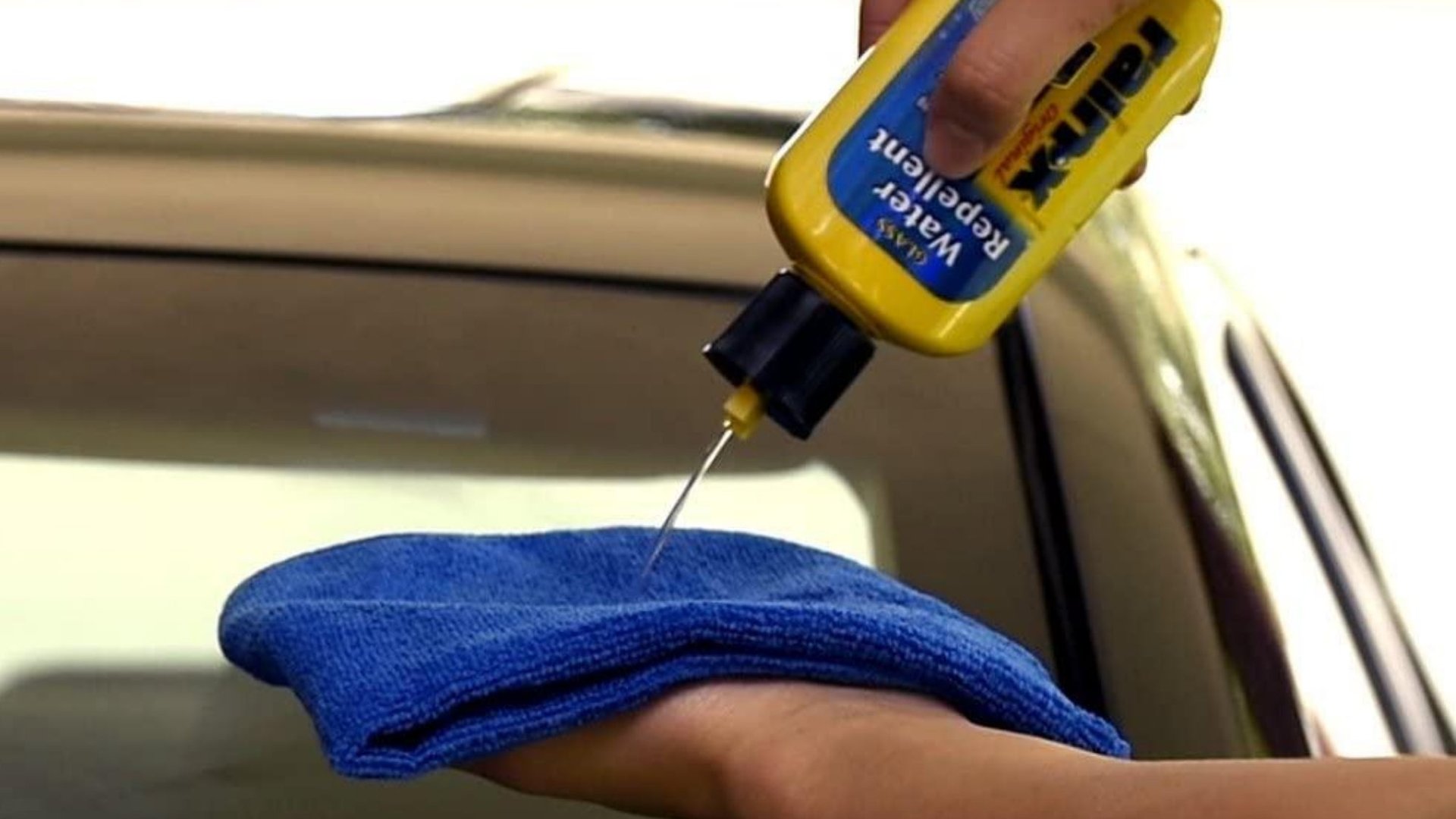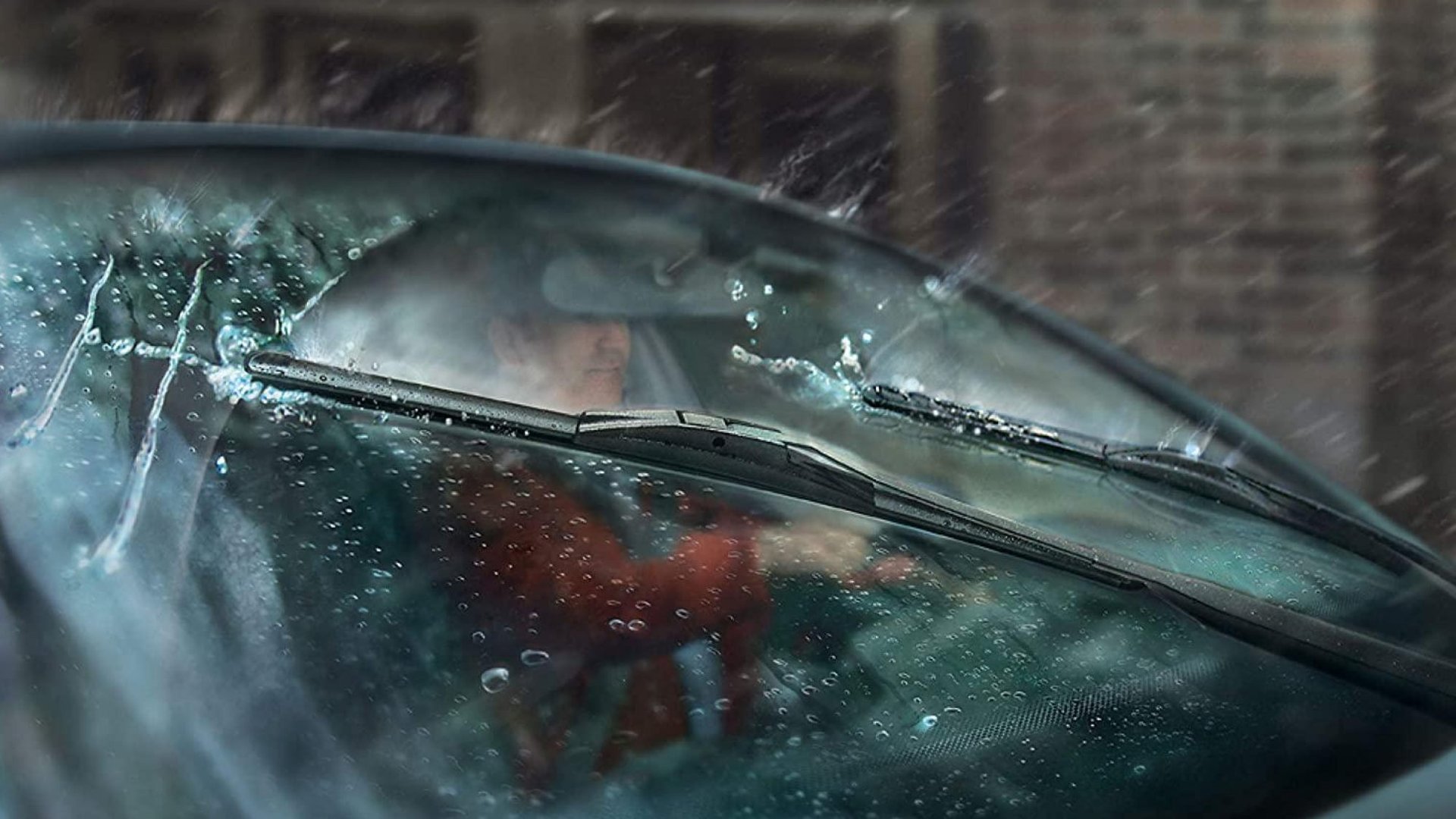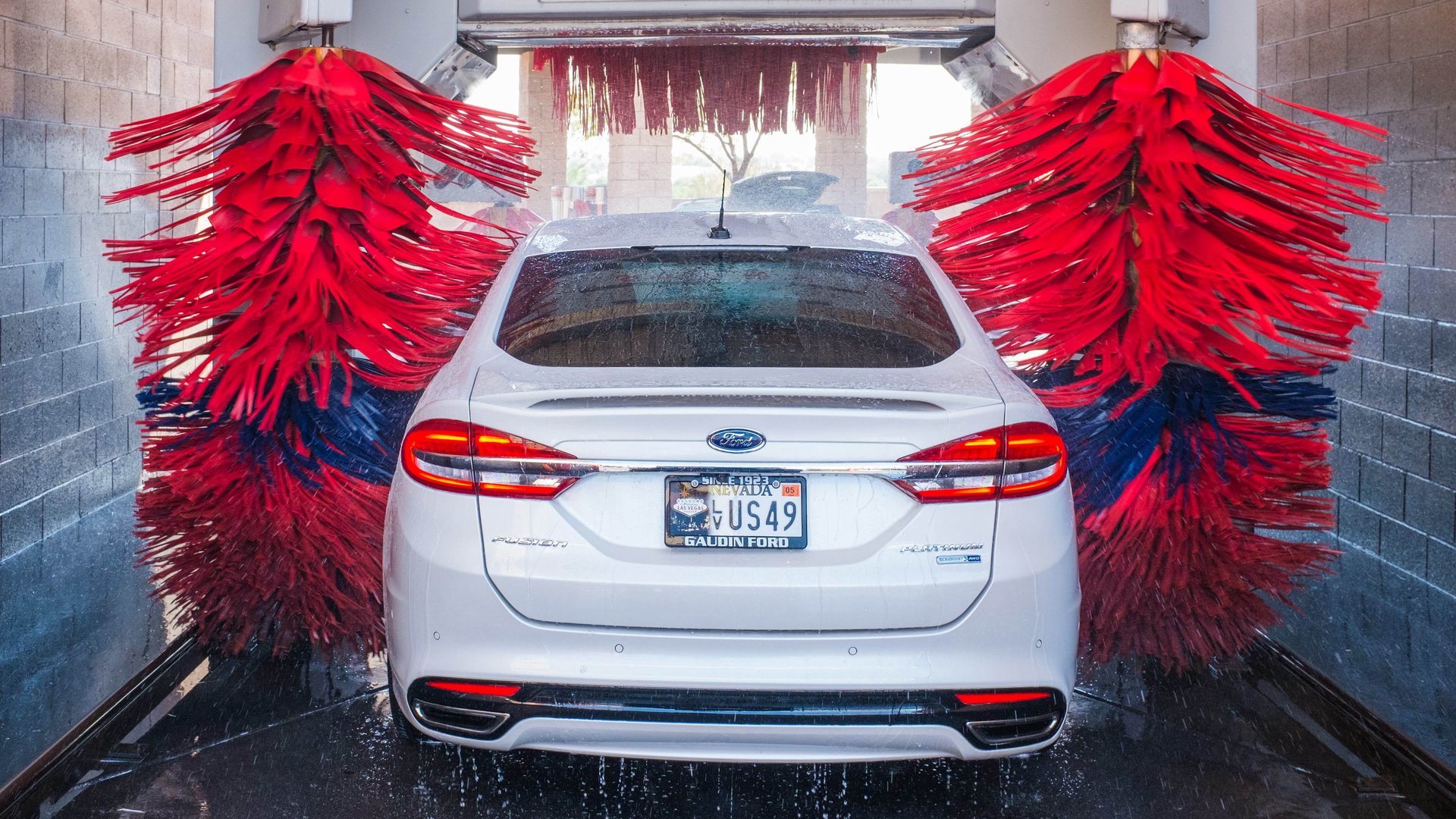Ask Mechanic Shop Femme: How Often Should I Change My Wiper Blades?
Yesterday, I was caught in a rainstorm while driving 70 miles an hour on the freeway between Wisconsin and Illinois. As my wiper blades worked ferociously to keep up with the downpour, I wondered about the last time I changed them—it had been too long.

Yesterday, I was caught in a rainstorm while driving 70 miles an hour on the freeway between Wisconsin and Illinois. As my wiper blades worked ferociously to keep up with the downpour, I wondered about the last time I changed them—it had been too long.
Suggested Reading
So, how often should wiper blades be changed? What about window treatments? What kind of wiper blades do you even want? It’s not something we think about often, but it’s worth getting a groove going so you’re not left with faulty blades in the middle of a downpour.
Related Content
When I asked my colleagues how often they change their wiper blades, responses varied dramatically. In Washington State, one mechanic had her wiper blades on her car for ten years. In Arizona, another changed her wiper blades every time it rained—a rare occurrence— because the hot sun destroyed the delicate rubber.
Here in Wisconsin, I’ve recommended that customers change them every 6 - 12 months, depending on their situation. If you’re often clearing the ice on your windshield with your blades, you’ll end up tearing the plastic and replacing them sooner than later. Generally speaking, the more frequently you’re using your wiper blades, the more often you should be changing them.
Auto mechanics swear that regularly wiping off the edge of your wiper blades can extend their life. So, you need a clean windshield and clean wiper blades for them to work perfectly. Dirt, car exhaust, dust, and other particles can collect on the edges of the wiper blades and render them ineffective. They will streak or just not fully clean your windshield and you might resort to replacing them when a simple cleaning with a few wipes might do.
Lifting your wiper blades off of your windshield prior to a snowstorm can also help. Then, when you get out to your car, clean the windshield prior to lowering them back in place. Ice often rips the plastic, shortening its life dramatically.
Park in the shade, says Donnie Carr, President of Christian Brothers Automotive. “Heat is one of the top things that ruins wiper blades. Summer, in particular, is hard on wiper blades. Parking in the shade gives wiper blades the break they clearly need in extreme heat.”
Not just that, don’t forget to actually wash your car (in this case, mainly your windshield.) “Yes, the wiper fluid and a quick wipe will remove dirt and grime, but wipers are not built for this. They are built to flex and keep a tight seal against your windshield,” Carr says. “Think of it like running your wiper blades over a thin piece of sandpaper. While it’s good in emergencies, it’s not built for everyday cleaning action.”
Should I Treat My Windshield?

As long as you’re interested in the best maintenance practices, yes. “We use RainX. It saves the use of the wipers, making them last longer, and allows the water to disperse from the windshield without any smears,” says director of Leeds Auto Centre, Sam Petre. “When you travel for a long journey (1,200miles) and it rains nonstop, the wipers can make the journey very tiring as you need increased concentration.”
Rain-X has been proven to repel water, sleet and snow from your windshield, shower doors and other glass surfaces that regularly get wet. A little $4 bottle goes a long way. Folks even use this treatment on their eyeglasses.
What kind of wiper blades do I need?

There are dozens of different brands of wiper blades. Different cars will need different sizes, and there’s no shortage of options available.
Deanna Good spent ten years as an ASE certified parts professional before moving into the shop as a general service technician. She swears by Trico Neoform wiper blades.
“I prefer the beam blades, especially during winter as the ice and snow doesn’t build up in them. After trying many different brands over the years, I have found these lasted and worked the best,” Good said.
Carr favors a different brand. “Our favorite brand of window wiper blades is Rain-X. They have over 40 years of experience and have done an amazing job prioritizing safety.”
Whichever blades you end up with, just remember the above tips and you’ll get the most life out of them. Happy driving, even in the rain.


